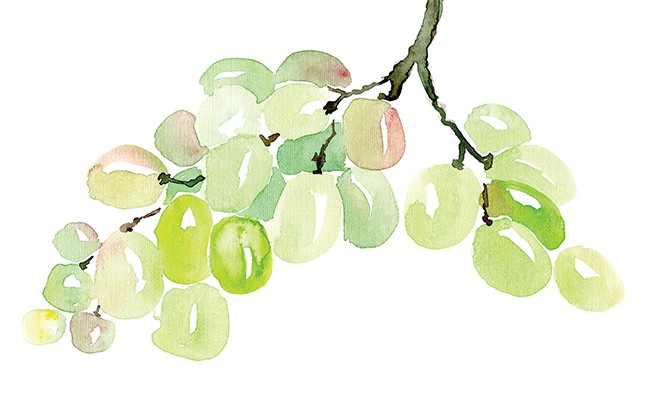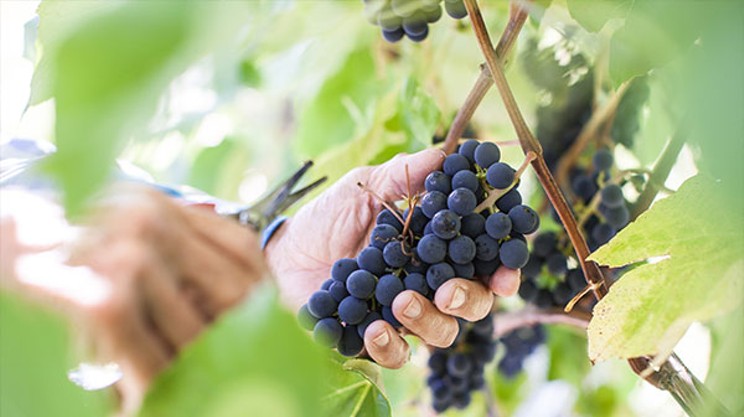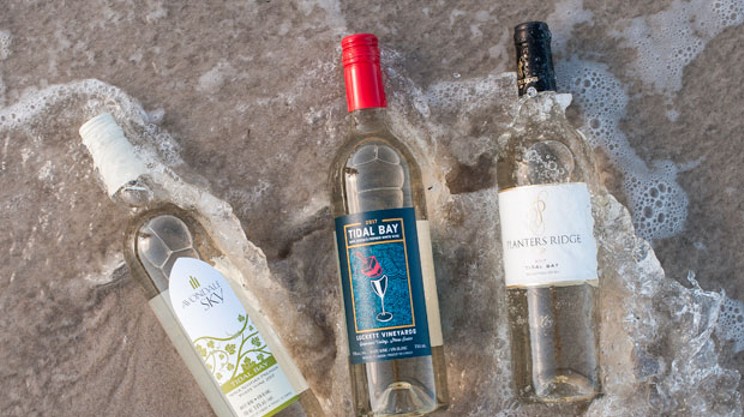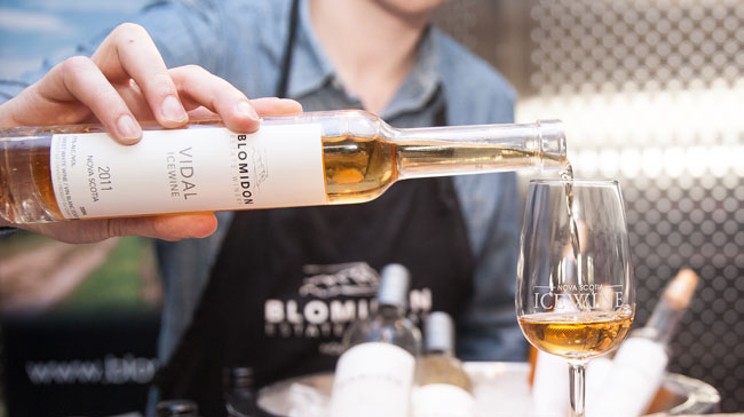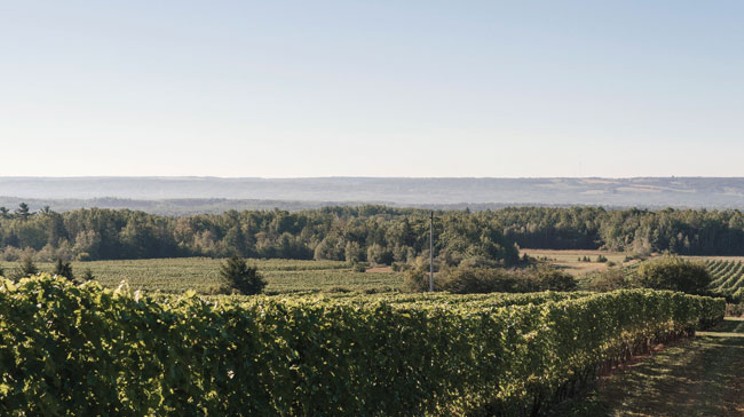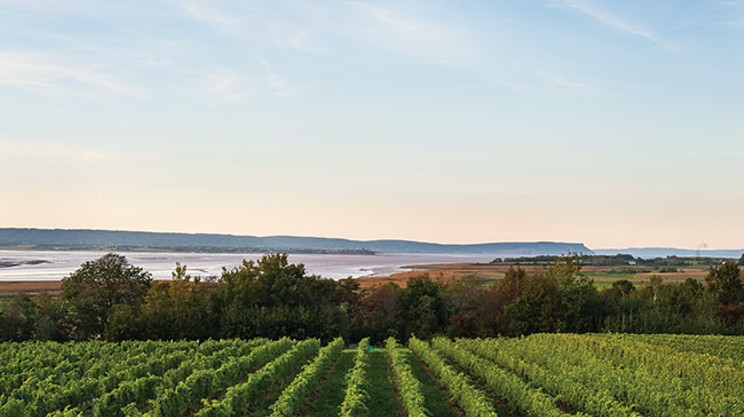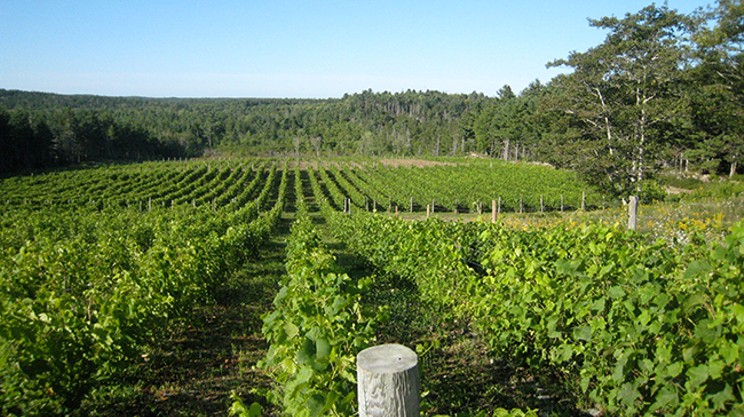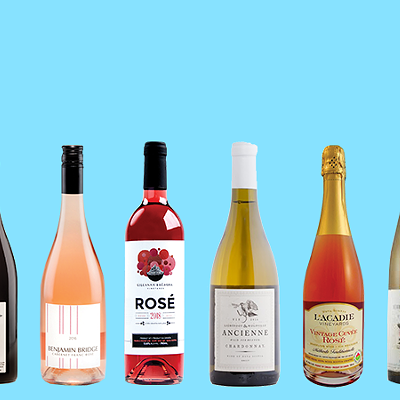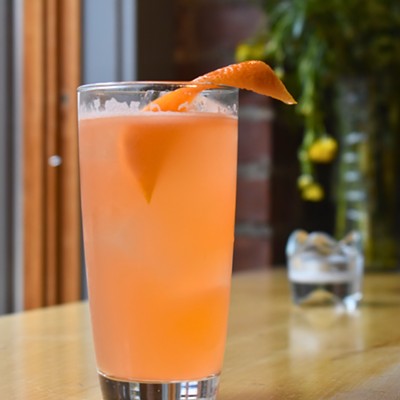As an emerging wine region, Nova Scotia faces constant questions about what grapes to plant and nurture for wine. Growers who have been at it for more than a couple decades are beginning to get a sense for what works and what doesn't—emphasis on beginning.
Many factors are at play for any vine in a given vineyard site: Will it survive our winters? Will it survive the moisture of our Maritime climate? Will it ripen enough in our cool growing season? Does it have the aromas, flavours and textures we're looking for? Will it yield enough to make financial sense? Will anybody buy it?
Here is a short list of a few grape varieties relatively new to Nova Scotia. Whether they are here to stay is a matter of time, and our collective taste.
Frontenac Gris / Frontenac Blanc Bred at the University of Minnesota to withstand bitter cold, these vines will survive -35 degrees Celsius. Very disease resistant. High sugars matched by soaring acid levels. Grown for many years in New Brunswick, and only recently catching on in Nova Scotia where warm fall evenings drop acidity. These grapes are doing very well in Planters Ridge's Tidal Bay.
Gamay Noir The grape of Beaujolais, this vitis vinifera—the classic, European wine grape species—has done well in the past in Prince Edward Island, and now in pockets in Nova Scotia. A wine geek's wine, Gamay was recently released (and quickly sold out) by Petite Rivière Vineyards, with grapes from the Bear River Valley. Hardier and more disease resistant than most vinifera that grow here.
Muscat Ottonel Hardiest of the Muscat family and low in acid, this aromatic grape is "incredibly attractive to wasps," according to Blomidon Estate Winery's vineyard manager Harold Gaudy. "You just can't wait to pick this one." Blomidon used Ottonel in its recently released Riesling blend. Best picked early to maintain freshness.
Petite Pearl Another Minnesota-bred grape grown for years in New Brunswick, Petite Pearl shows promise in Nova Scotia. Sprawls in the vineyard but is winter hardy, disease resistant, and makes wine with surprising tannin for a hybrid.
Scheurebe Vinifera bred in Germany, Scheurebe needs to fully ripen. Lightfoot & Wolfville proved that could be done in Nova Scotia, winning the Best in Class White Wine at the 2017 Atlantic Canada Wine Awards with aromatic wine of surprising weight that sold out soon after it was released.

